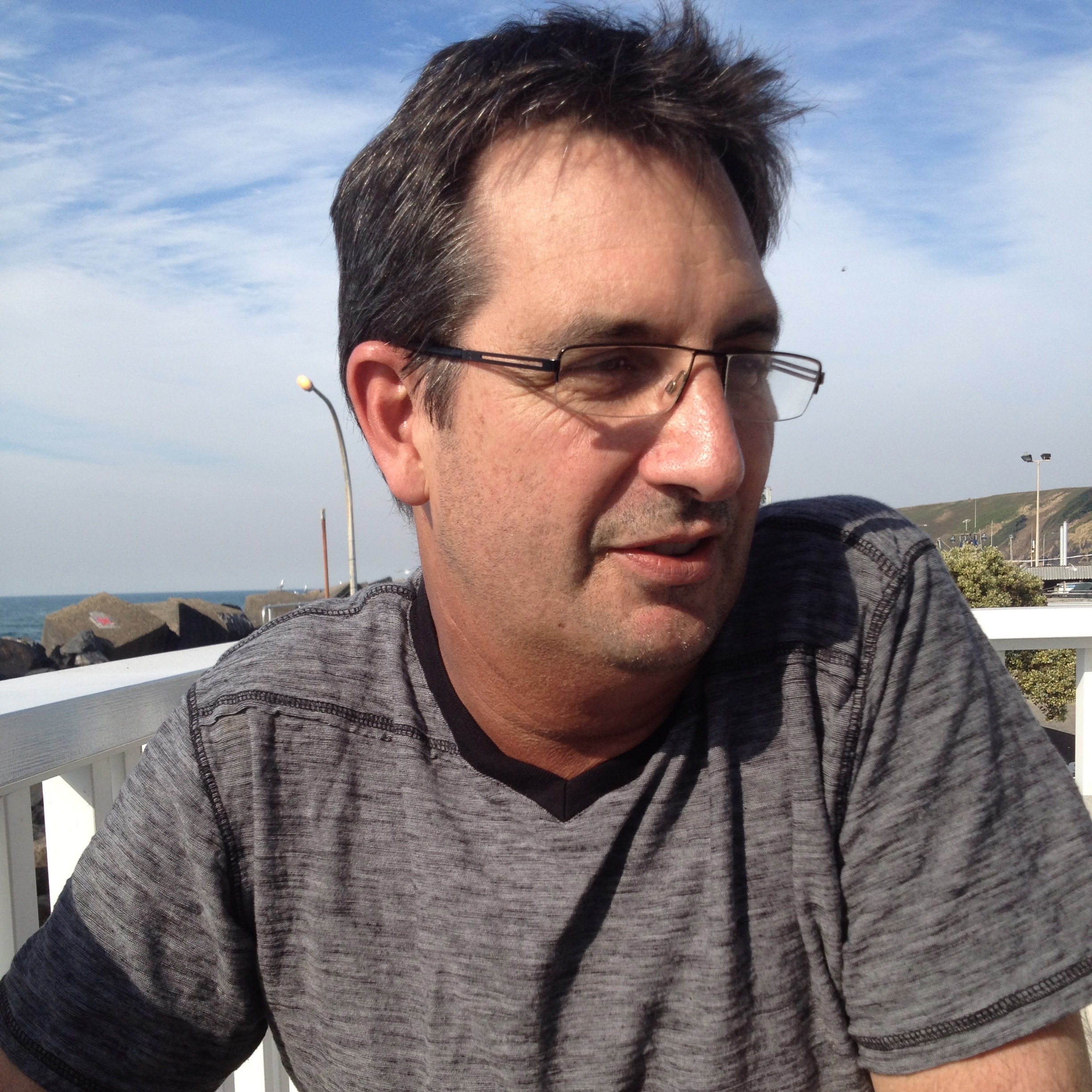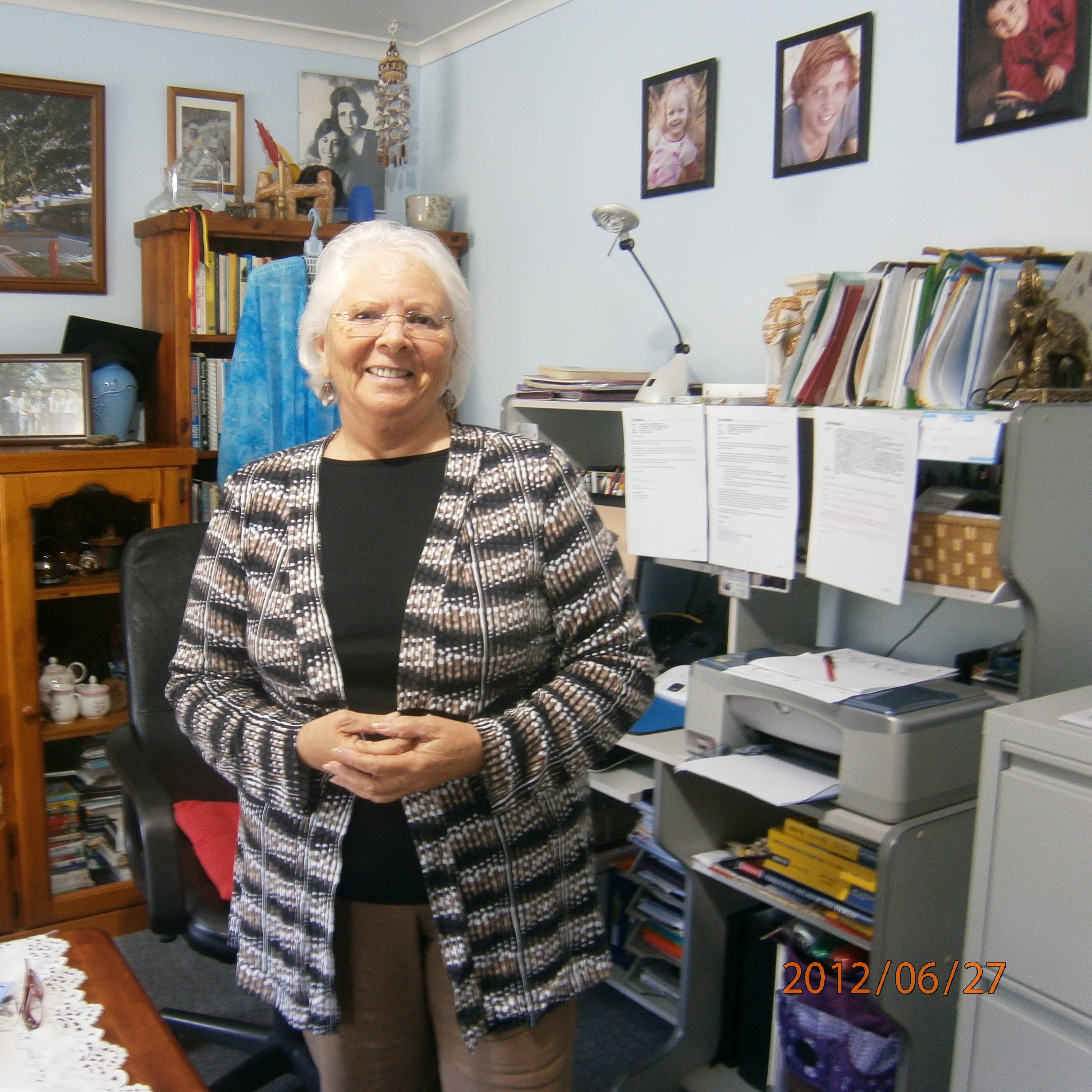 Stephanie Hunt |
Stephanie Hunt |  Fri, June 28, 2013 at 19:00 |
Fri, June 28, 2013 at 19:00 |  Old Fears Don’t Die
Old Fears Don’t Die
Komla greets me at the Coffs Harbour Neighbourhood Centre with a shy smile and a firm handshake. When our interview commences he seems guarded and wants to know where his profile will be published. “Not on Facebook,” he declares when I explain that his story will be published on a website and a Facebook page. “What is he afraid of,” I wonder.
As it turns out, Komla’s fears began in the early 90s in his homeland Togo. This narrow strip of land on the West African coast was embroiled in a desperate struggle between an iron-fisted dictator and opposition supporters. In January 1993 the military went on an 8-hour rampage in the capital city Lomé, firing indiscriminately and killing innocent civilians.
 Stephanie Hunt |
Stephanie Hunt |  Fri, June 28, 2013 at 19:00 |
Fri, June 28, 2013 at 19:00 |  Women's Weekly Cover Girl
Women's Weekly Cover Girl
Betty Sara accepts my invitation to be interviewed with a gentle sigh. “All right,” she says. “But all I’ve ever done is have babies, and everybody does that. I’m not that interesting.” And yet for decades this diminutive, 92 year-old woman, with her soft English accent, captured the attention of Australia and much of the western world precisely because she had babies. Betty raised five Sara children, including the first surviving quadruplets in Australia, born in Bellingen in 1950. To the women’s magazine world of her time, Betty and her babies were rock stars.
 Stephanie Hunt |
Stephanie Hunt |  Fri, June 14, 2013 at 19:00 |
Fri, June 14, 2013 at 19:00 | 
A High-Tech Entrepreneur in Country NSW
I spot Wayne and Jacquie Houlden sitting at the far table on the deck at Latitude 30. Jacquie wears dark glasses to cut the glare from the sun, which is creating a halo behind Wayne’s head. The plates in front of them bear the carved out remains of large shellfish and even from this distance I can tell they are talking about business.
Wayne’s life story is defined by business. Once I’ve settled myself at the table, and the plates have been cleared away, he cautions that he is a private person. “I’m not someone who spurts stuff out,” he says. “And he’s modest,” Jacquie is quick to add. But the one thing he is happy to talk about is the business that he and Jacquie created together.
 Stephanie Hunt |
Stephanie Hunt |  Thu, October 18, 2012 at 9:59 |
Thu, October 18, 2012 at 9:59 |  Willing to Learn
Willing to Learn
It’s been a long time since I’ve been to a primary school and I’d forgotten how noisy they are. But the tip-tapping of running feet and the steady clamour of children’s voices punctuated by the odd high pitched screech doesn’t seem to faze Jenny Skinner at all. In fact, sitting on the deck at Narranga Primary School as the hordes stream gleefully toward the NAIDOC week sausage sizzle, many crying out “g’day Auntie Jenny”, she seems completely in her element.
Jenny begins to tell me about her role as Aboriginal Education Officer here at Narranga, supporting Aboriginal kids to ensure they progress to the next class each year. “Hello darling,”
 Stephanie Hunt |
Stephanie Hunt |  Wed, October 10, 2012 at 15:46 |
Wed, October 10, 2012 at 15:46 |  Finding Self Worth
Finding Self Worth
Auntie Bea Ballangarry’s Toormina cottage feels cozy despite the chill outside: big cushiony armchairs, a small, ordered desk and computer, walls lined with old photos of Mum and Nana, and more recent shots of her son and his young family, the floor strewn with newspaper articles Bea has pulled out to show me.
The clippings are superfluous. I already know that, at 69, Bea is an awarded writer and poet and that her community work and ongoing fight for social justice has been recognised with an Order of Australia in 2006, Grace Roberts Community Development Award in 2007 and Coffs Citizen of the Year in 2008.
 Stephanie Hunt |
Stephanie Hunt |  Thu, September 6, 2012 at 15:45 |
Thu, September 6, 2012 at 15:45 |  Brushes with Fame
Brushes with Fame
It’s not every day that you meet someone who has rubbed shoulders with both Australia’s greatest painters and its rugby legends. But here I am, sitting on the back deck of Geoff Mould’s tiny Sawtell cottage as he recounts a life story littered with the big names of art and sport. An odd combination, I can’t help but think.
And Geoff agrees. “I was a bit of an anomaly,” he explains. “The bohemian, arty farty life, doesn’t really mix with sport.” And yet somehow it did from the beginning with Geoff who played rugby and cricket at school and represented Australia in baseball, yet could also lose himself with pen and paper.
 Stephanie Hunt |
Stephanie Hunt |  Tue, August 21, 2012 at 17:54 |
Tue, August 21, 2012 at 17:54 |  FINDING FAME ON THE COFFS COAST
FINDING FAME ON THE COFFS COAST
The bell rings and suddenly the corridor is mass of youth in uniform, shirts half-untucked, laughing. Somewhat daunted I squeeze between surging clusters of teens to the administrative office at Coffs Harbour High School where I have been instructed to sign in. The interview is to be conducted in the lobby. I find a chair while the school janitor runs the vacuum around my feet and the corridors continue to echo with the sound of students moving with increasing haste to their next class.
 Stephanie Hunt |
Stephanie Hunt |  Wed, June 27, 2012 at 12:00 |
Wed, June 27, 2012 at 12:00 |